We put the Vivo X90 Pro+ through our rigorous DXOMARK Audio test suite to measure its performance both at recording sound using its built-in microphones, and at playing audio back through its speakers.
In this review, we will break down how it fared in a variety of tests and several common use cases.
Overview
Key audio specifications include:
- Two speakers (Top front, bottom side)
- No jack audio output
Scoring
Sub-scores and attributes included in the calculations of the global score.

Vivo X90 Pro+


 41st
41st
 25th
25th
Playback
Pros
- Good spatial performance
- Good dynamics performance
Cons
- Distortion and compression at maximum volume
- Harsh and aggressive tonal balance at maximum volume
- High mid-centric tonal balance
Recording
Pros
- Good spatial performance
- Relatively free of unwanted artifacts
Cons
- Slight distortion in recordings
In our DXOMARK Audio tests, the Vivo X90 Pro+ delivered a decent performance, especially in the Recording category. The built-in speakers did overall well, and the microphones were capable of recording clean sound with deep and nice-sounding bass and offered great audio zoom and wind noise reduction features.
In Playback, the Vivo delivered the best results for gaming, but was also a decent phone for listening to music or watching movies. It delivered overall good performances in the spatial and dynamics categories, but our testers found the tonal balance to be too mid-range centric, as well as harsh and aggressive at maximum volume. With the volume level turned to the max, distortion, as well as compression, were noticeable, too. In Recording, the device delivered a very balanced performance across all use cases. Our testers were especially impressed by the good spatial performance and the lack of unwanted audio artifacts. Only some slight distortion could sometimes be noticeable.
Test summary
About DXOMARK Audio tests: For scoring and analysis in our smartphone audio reviews, DXOMARK engineers perform a variety of objective tests and undertake more than 20 hours of perceptual evaluation under controlled lab conditions.
(For more details about our Playback protocol, click here; for more details about our Recording protocol, click here.)
The following section gathers key elements of our exhaustive tests and analyses performed in DXOMARK laboratories. Detailed performance evaluations under the form of reports are available upon request. Do not hesitate to contact us.
Playback
Vivo X90 Pro+
163
DXOMARK engineers test playback through the smartphone speakers, whose performance is evaluated in our labs and in real-life conditions, using default apps and settings.
The X90 Pro+ delivered a decent performance as an Audio Playback device. Timbre performance was only average, though, with quite a mid range centric tonal balance that lacked significant low and high end extension. Dynamic performance was good, with quite good bass precision, correct punch and a fairly sharp attack. Dynamics were consistent across all volume levels. Spatials performance was good, too, despite a slightly off-center balance. Sound sources were easy to locate in the large audio scenes and the depth sensation was satisfying. Voices were perceived slightly too far in the distance, though.
Volume performance was decent. The minimum volume step was too quiet, making it hard to hear voices and other audio content, but maximum volume was loud enough, despite some distortion. Our testers also noticed some compression at max volume.
Listen to the tested smartphone’s playback performance in this comparison with some of its competitors:

Timbre
Vivo X90 Pro+
158
The Timbre score represents how well a phone reproduces sound across the audible tonal range and takes into account bass, midrange, treble, tonal balance, and volume dependency. It is the most important attribute for playback.

Dynamics
Vivo X90 Pro+
149
The Dynamics score measures the accuracy of changes in the energy level of sound sources, for example how precisely a bass note is reproduced or the impact sound from drums.

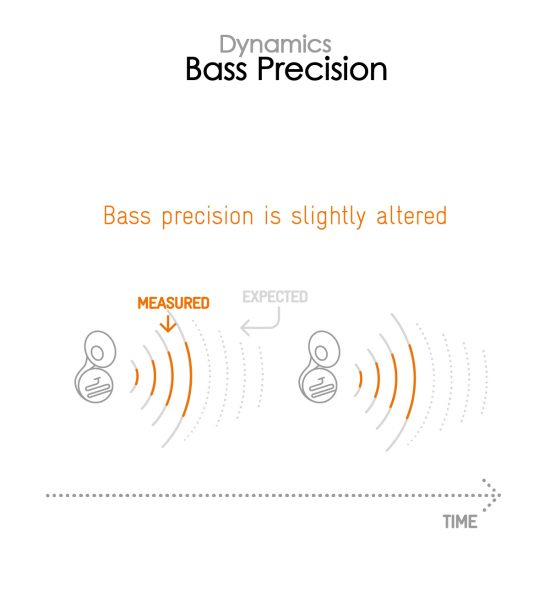

Spatial
Vivo X90 Pro+
162
The sub-attributes for spatial tests include pinpointing a specific sound's location, its positional balance, distance, and wideness.
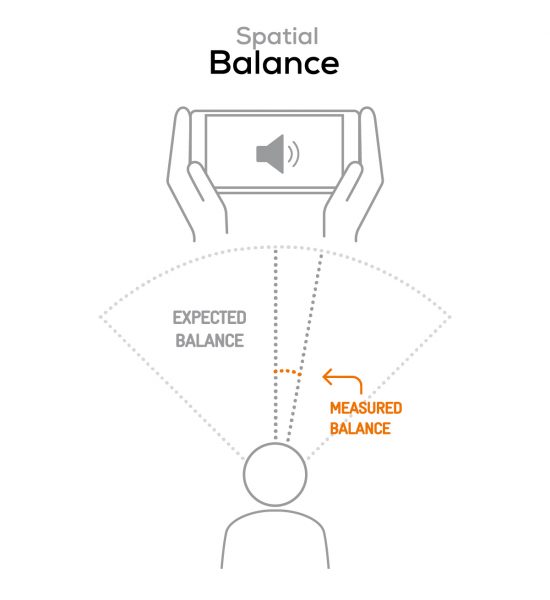
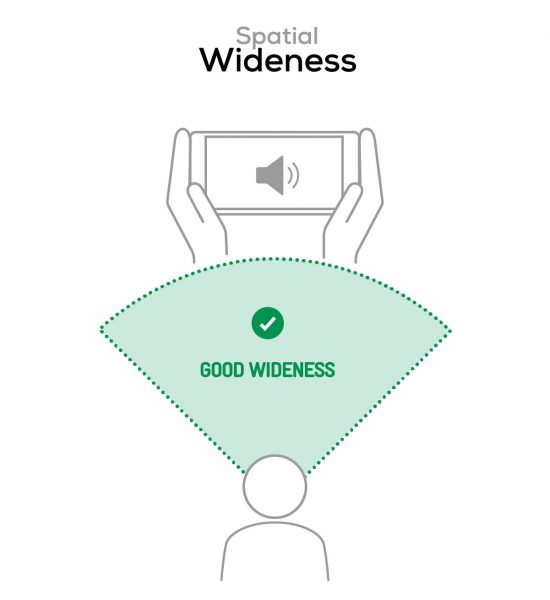

Volume
Vivo X90 Pro+
162
The Volume score represents the overall loudness of a smartphone and how smoothly volume increases and decreases based on user input.
| Hip-Hop | Classical | |
| Vivo X90 Pro+ | 73.8 dBA | 72.2 dBA |
| Vivo X80 Pro (Snapdragon) | 72.5 dBA | 73.3 dBA |
| Apple iPhone 14 Pro Max | 74 dBA | 71.1 dBA |

Artifacts
Vivo X90 Pro+
157
The Artifacts score measures the extent to which the sound is affected by various types of distortion. The higher the score, the less the disturbances in the sound are noticeable. Distortion can occur because of sound processing in the device and because of the quality of the speakers.
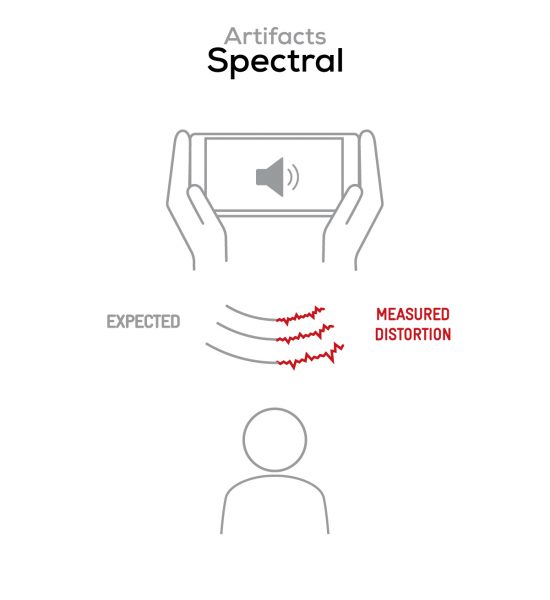
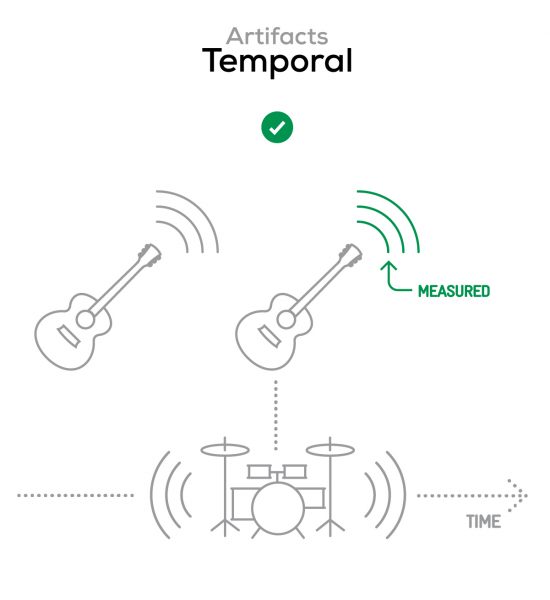
It represents the distortion and noise of the device playing our test signal (0 dB Fs, Sweep Sine in an anechoic box at 40 cm) at the device's maximum volume.
Recording
Vivo X90 Pro+
157
DXOMARK engineers test recording by evaluating the recorded files on reference audio equipment. Those recordings are done in our labs and in real-life conditions, using default apps and settings.
The Vivo did really well as a Recording device, featuring a warm and full sounding timbre with a natural tonal balance, even at high sound pressure levels, for example when recording concerts. In terms of Dynamics, the device delivered a realistic envelope and a very good signal-to-nose ratio, resulting in clear and intelligible vocal content. When using the main camera, recordings allowed for easy localizability of sound sources in the wide scene and distances were rendered correctly, making for an overall good Spatial performance.
Loudness in Recording was great across all use cases and unwanted audio artifacts were very well under control, with only some compression and distortion, making the Vivo is a great option for recording loud content. Background tonal balance was natural and did not obstruct the main signal.
Here is how the Vivo X90 Pro+ performs in recording use cases compared to its competitors:

Timbre
Vivo X90 Pro+
147
The Timbre score represents how well a phone captures sounds across the audible tonal range and takes into account bass, midrange, treble, and tonal balance. It is the most important attribute for recording.

Dynamics
Vivo X90 Pro+
146
The Dynamics score measures the accuracy of changes in the energy level of sound sources, for example how precisely a voice's plosives (the p's, t's and k's, for example) are reproduced. The score also considers the Signal-to-Noise Ratio (SNR), for example how loud the main voice is compared to the background noise.

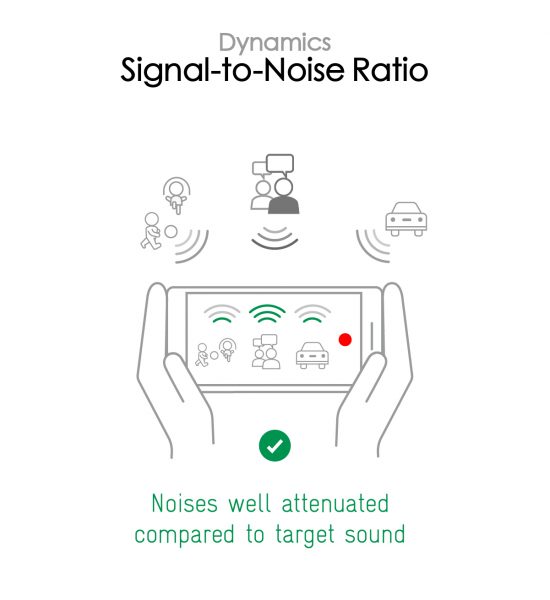

Spatial
Vivo X90 Pro+
159
The sub-attributes for spatial tests include pinpointing a specific sound's location, its positional balance, distance, and wideness on the recorded audio files.



Volume
Vivo X90 Pro+
170
The Volume score represents how loud audio is normalized on the recorded files and the how the device handles loud environments, such as electronic concerts, when recording.
| Meeting | Life Video | Selfie Video | Memo | |
| Vivo X90 Pro+ | -26.3 LUFS | -22 LUFS | -20.6 LUFS | -22.1 LUFS |
| Vivo X80 Pro (Snapdragon) | -24.8 LUFS | -19.4 LUFS | -21 LUFS | -20.3 LUFS |
| Apple iPhone 14 Pro Max | -26 LUFS | -22.9 LUFS | -19.2 LUFS | -19.6 LUFS |

Artifacts
Vivo X90 Pro+
145
The Artifacts score measures the extent to which the recorded sounds are affected by various types of distortions. The higher the score, the less the disturbances in the sound are noticeable. Distortions can occur because of sound processing in the device and the quality of the microphones, as well as user handling, such as how the phone is held.
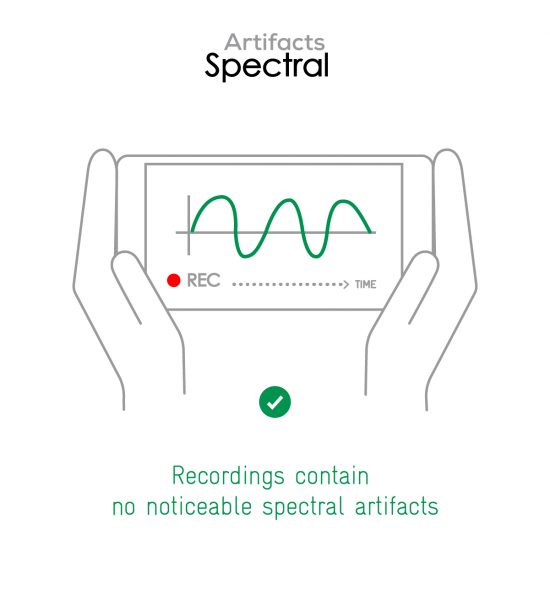

In this audio comparison, you can listen to the way this smartphone handles wind noise relative to its competitors:

Background
Vivo X90 Pro+
166
Background evaluates how natural the various sounds around a voice blend into the video recording file. For example, when recording a speech at an event, the background should not interfere with the main voice, yet it should provide some context of the surroundings.





DXOMARK invites our readership (you) to post comments on the articles on this website. Read more about our Comment Policy.